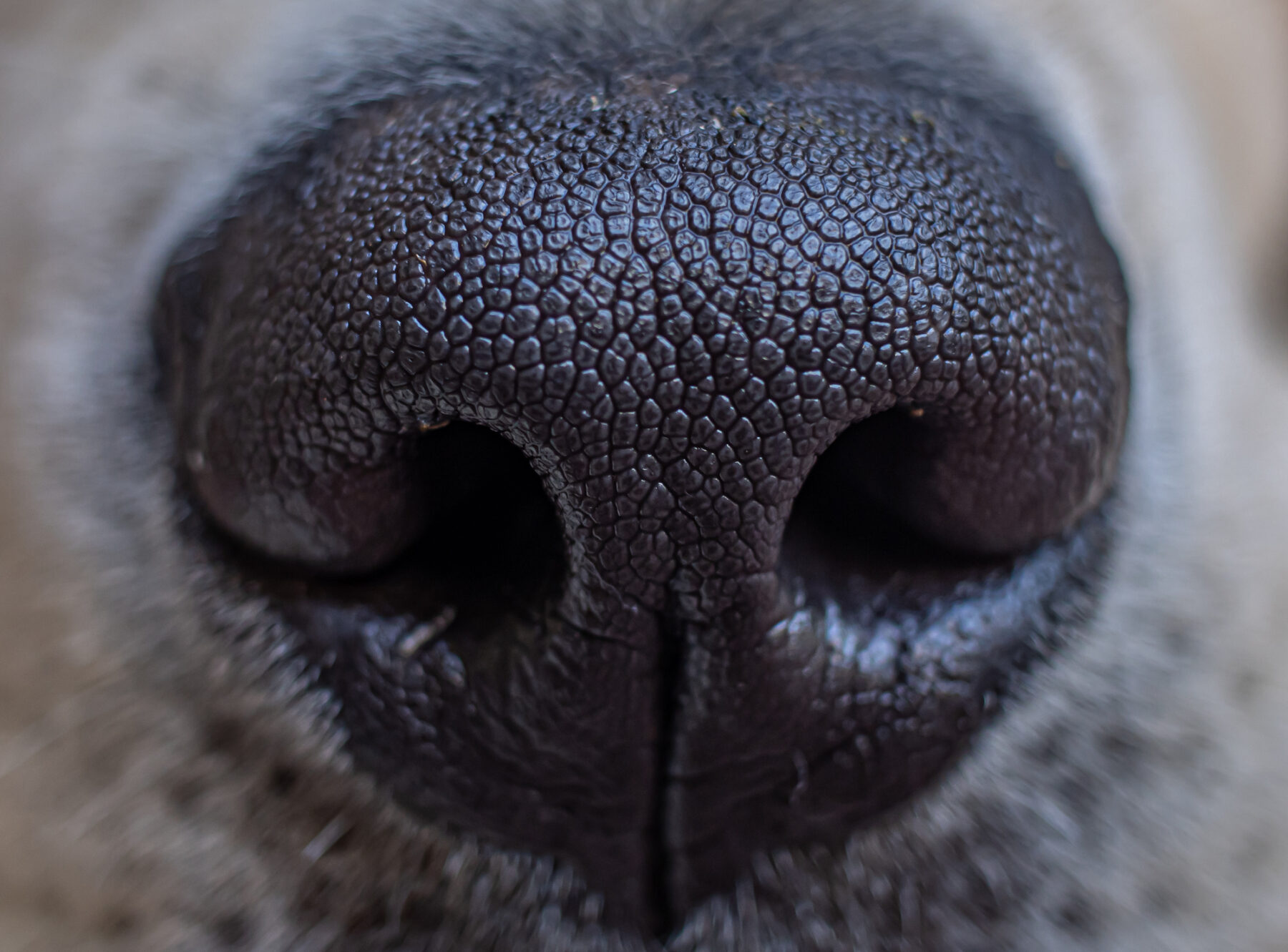The nose skin of many mammalslike dogs, ferrets and cowspresents grooves that form a multitude of polygons. Researchers from Switzerland shed light on this aspect of mammals. With the participation of Spanish experts, they analyzed in detail how these patterns are formed in the embryo using imaging techniques and computer simulations.
A team of scientists from the University of Geneva has unraveled the riddle of the complicated polygonal patterns that adorn the nose of mammals such as dogs, ferrets and cows. This discovery, published in the journal Current biologysheds light on a fascinating process embryonic development.
Led by Michel Milinkovitch, from the Department of Genetics and Evolution at the University of Geneva (Switzerland), the researchers used advanced 3D imaging techniques and simulations to analyze how these patterns are formed during embryo development. The research shows that differential growth between the skin layers plays a crucial role in the formation of these structures.
The team discovered that the blood vessels In the deep layer of the skin (dermis) they act as stiff pillars, while the outer layer (epidermis) grows faster. This difference in growth generates mechanical stress concentrated at the points where these vessels are located, forming domes and grooves on the surface of the nose.
Implications and future research to better understand the diversity and complexity of life
The discovery not only helps to better understand the world diversity and complexity of lifebut could also have applications in other fields. This process, called ‘mechanical positional information’, explains for the first time how these biological structures associated with blood vessels are formed.


This study, carried out in collaboration with Paris-Saclay University, the National Veterinary School of Alfort and the Institute of Neuroscience of San Juan de Alicantemarks an important milestone in the understanding of the morphogenetic processes that shape living things.
Reference:
Paule Dagenais et al.: ‘Mechanical positional information guides the self-organized development of a polygonal network of folds in the skin of mammalian noses’. Current biology (2024)

